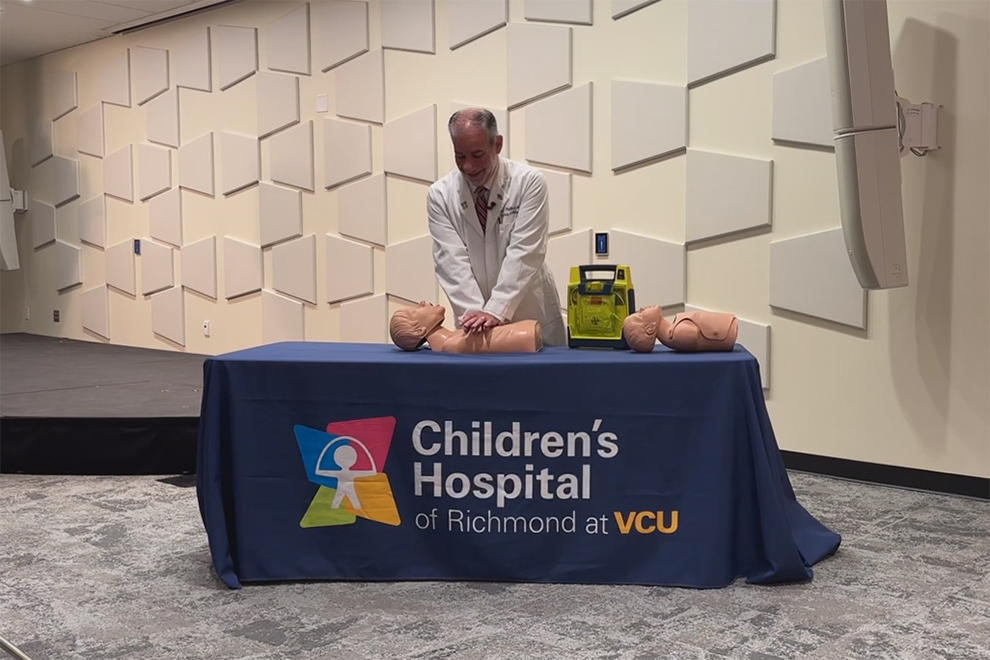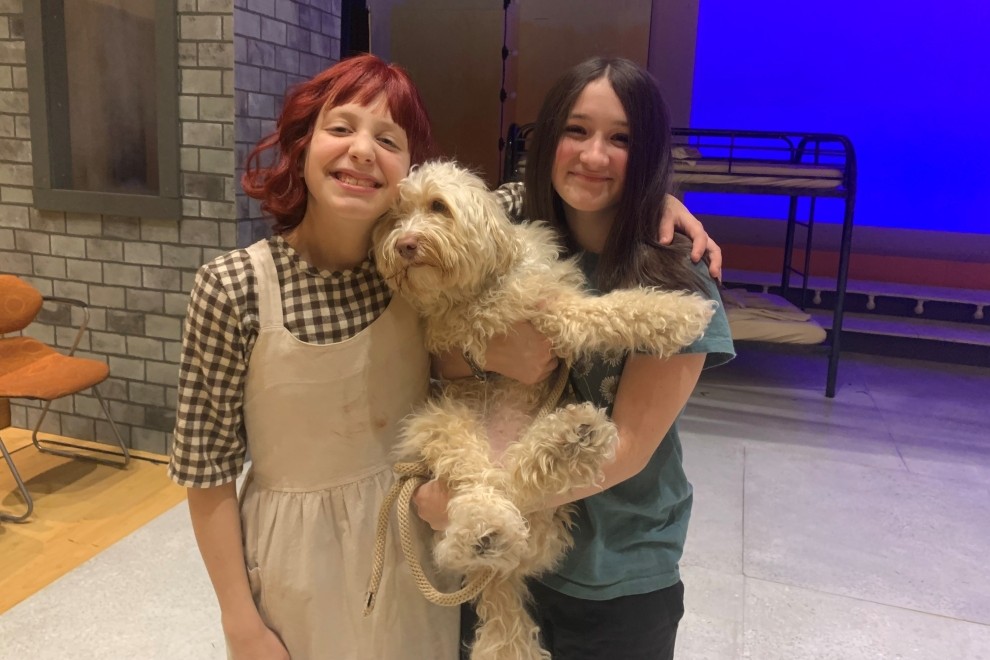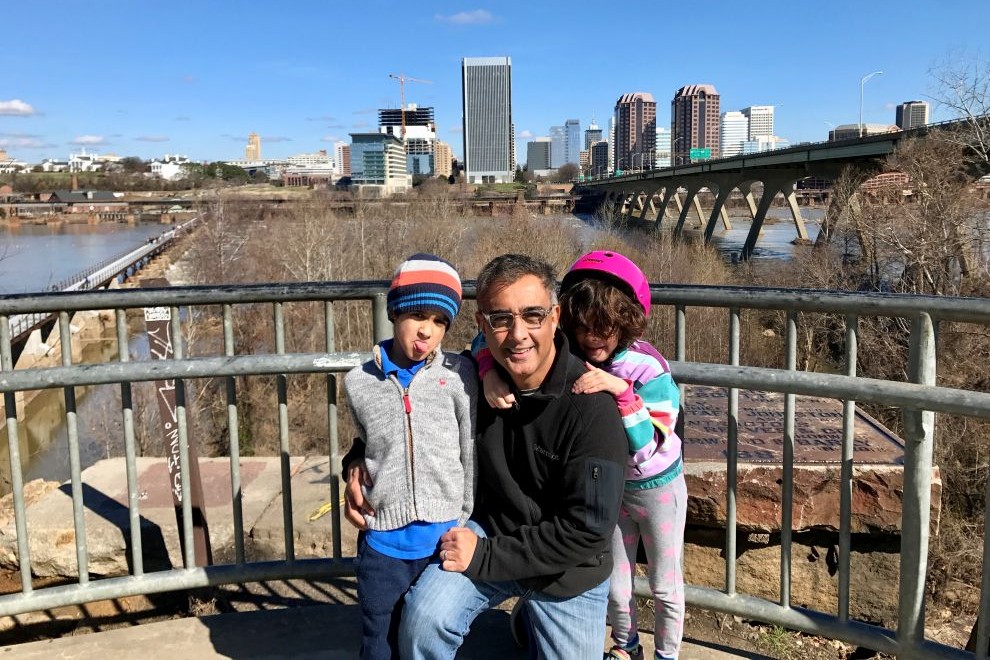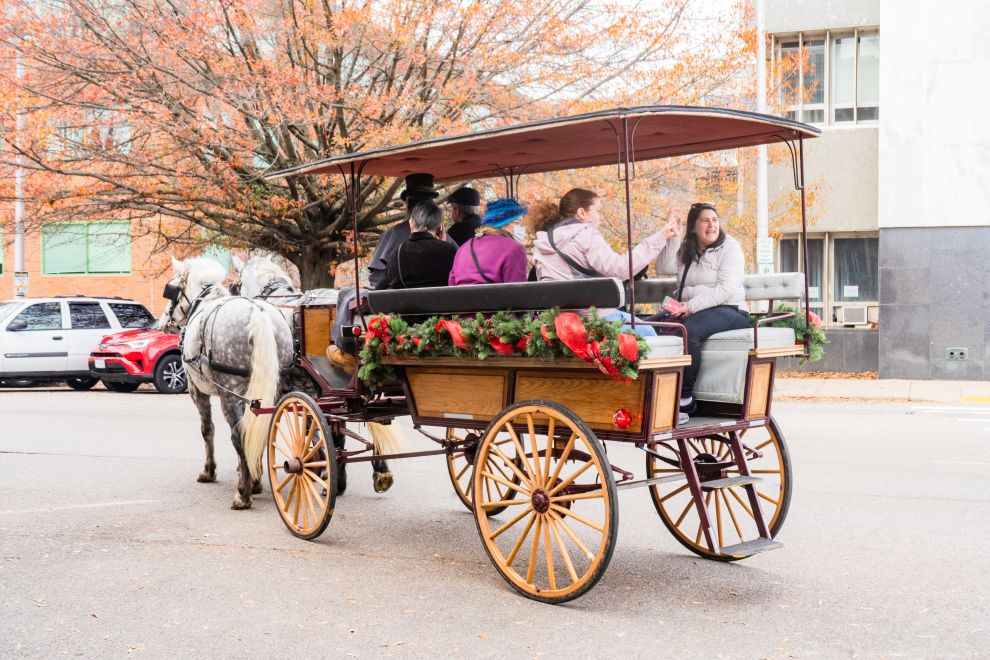What would happen if a sudden cardiac arrest occurred at your child’s school? Perhaps it’s not something you’ve considered, but it’s an important question.
There are approximately 350,000 sudden cardiac arrests in the U.S. each year, about 90% of which are fatal. If CPR or defibrillation (shocking the heart back into a normal rhythm) is not provided within four minutes of cardiac arrest, chances of surviving are slim – less than 8%. When you consider 20% of a community is on school property on any given day – during educational time, sports, or other extracurricular activities – many lives can be saved by schools having proper equipment, education, and practice to swiftly address these medical emergencies when they arise.
What is Project ADAM?
Through a free program called Project ADAM, a team at Children’s Hospital of Richmond at VCU helps schools ensure they’re prepared to care for students, faculty, staff, and visitors who may experience sudden cardiac arrest on campus. Since joining Project ADAM in 2022 as the Virginia affiliate to the program, Children’s Hospital of Richmond at VCU has designated 29 public and private schools (with many more being added) as “Project ADAM Heart Safe Schools” across the Commonwealth.
A school must meet 14 criteria to achieve this designation. An important requirement is having on-site automated external defibrillators (AEDs), which are sophisticated yet easy-to-use devices that analyze a person’s heart rhythm and deliver an electrical shock when necessary to restore a normal rhythm. Other criteria include having CPR/AED certified cardiac emergency response team members, educating the entire faculty and staff on how to recognize sudden cardiac arrest and how to activate the school’s cardiac emergency response plan, and conducting sudden cardiac arrest drills annually. As a result, Virginia’s parents, teachers, school nurses, and administrators can rest easier knowing their schools are prepared.
Project ADAM, which stands for Automated Defibrillation in Adam’s Memory, is a national non-profit committed to saving lives through advocacy, education, preparedness, and collaboration. It was developed in memory of Wisconsin teen Adam Lemel, who suffered a
sudden and fatal cardiac arrest while playing basketball in 1999. Over the years, Project ADAM has helped save 237 lives in schools.
Project ADAM is also available to sports organizations, community groups, churches, and any place where people gather.
Brushing Up on Hands-Only CPR
Knowing what to do in the event of sudden cardiac arrest is just as important outside of schools. Imagine you’re out shopping, at a neighborhood gathering, or somewhere in your community and you see someone collapse. When the heart stops unexpectedly, a few minutes can make all the difference. Don’t delay.
Follow These Steps:
1. Shake them and ask, “Are you okay?”
2. If they don’t respond, immediately call 9-1-1.
3. Begin hands-only CPR:
- Kneel next to them on a firm, flat surface.
- Place the heel of one hand in the center of their chest with your other hand on top. Lock your elbows to keep your arms straight. For infants, use two fingers instead of your whole hand.
- Push hard and fast, 100-120 compressions per minute — to the beat of “Staying Alive” or “Baby Shark” – allowing the chest to rise fully after each compression.
4. If you have access to an AED, begin using it as soon as possible. Ideally, there will be someone else who can help you get the AED while you continue CPR.
Scan for a short video about sudden cardiac arrest and hands-only CPR.
AEDs are intended for use by anyone in the public, not just those with medical expertise. If one is available, don’t be afraid to use it in those critical minutes before emergency teams arrive. The AED will give you simple voice instructions on what to do, starting with placing the pads with sensors/electrodes on the person’s chest. It will then either automatically provide a shock or instruct you to press a button to deliver the shock at an appropriate time. You won’t hurt someone by using an AED, but your confidence and quick response could save their life.





